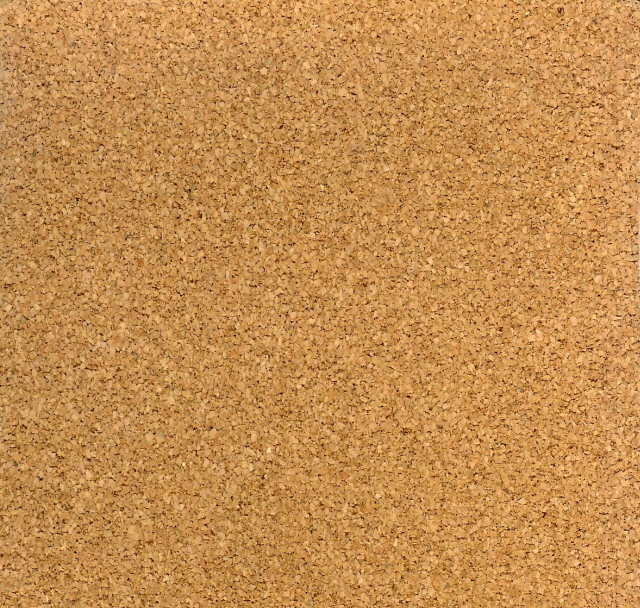All my previous (recent) models are based on gravel, sand, slate, or a combination. This works well and looks great - I just fancied a change for my next project.
At first I was going to do snow, but considering half the force is already in pale armour (Deathwing) I decided against it. Cork has been increasingly visible across various forums etc over recent months, with some really great effects coming from it. I wanted to use it to create sort of dessert or dry river bed type terrain for my bases. Here's how I went about it...
So, first things first. Apart from cork, what will you need?
Tools:
Sharp knife/scalpel
Pen
Scissors
Circle template/compass/base to draw round
Super glue
Enough bases for all the models you're working on - kind of obvious?
With the cork you have a couple of options: thick or thin. Thicker cork is better off for bigger, chunkier 'rocks'. Bare in mind it does add height to your model, not always ideal when they start appearing over walls they used to be behind. An example of medium/thicker cork on a base can be found here courtesy of SirAstrates on B&C.
I wanted something thinner though so headed down to an excellent local shop where you can buy various thicknesses in large sheets. I ended up with 1.5mm thick, in a 60cm by 90cm sheet for just £2.50. I went with a thin cork so I can layer up in different ways as you'll soon see.
Next up, draw a LOT of circles the size of your desired base. I had a circle template to hand, you can improvise as you see fit though. Exactly how many is up to you and the thickness of the cork. I wanted 3 layers per base, with 23 bases for the Terminators, meaning 69 circles of cork required.
Cut the circles out of the sheet then trim them down to the right shape and size
The next step is quite flexible. You can glue three discs together and shape them together, glue them one at a time to the base and trim individually (this is what I did) or anything in between. Doing i individually let's you make each layer unique, exposing layers of the disc below.
The main thing you do want to do as you go along with either method is trim the edges to rough them up, I literally picked off the smooth round edge with my finger nail to randomly add texture. If you bite your nails then a craft knife would do a similar job if you use it to pick rather than slice. You can also add tears to look like cracked, dry earth, add layers to represent exposed strata or make mini ravines between the two halves.
With regards to glue I'm sure Uhu and similar works well but I didn't want any thickness added which you sometimes get with that. I used Zap-A-Gap thin CA. It soaked into the cork a little so you have to be careful not to get it stuck all over you!
After gluing those layers together and trimming the edges roughly, plus adding in the occasional pattern you'll have something a little like this:
 |
| Enlarge for a better look |
When the PVA started to dry I added a drop of the thin super glue here and there on the granules to help fix them in place - it wick well between the pieces. The skulls were secured with Uhu glue.
Here's a test shot with the Belial model on one of the finished bases
A really simple, if slightly fiddly, basing method. The results look cool already and should hopefully improve with paint; I'm thinking a reddish-brown earth colour with a lighter brown drybrush to pick out the texture of the cork and the granules.
The next job is repeating this for the bike bases and the other two Belials (one of each weapon choice), then finally gluing together the guys to go on them. I'm really looking forward to this army looking great (I hope), and I'm very pleased how his first batch of these bases has come out.
Give it a go, i's cheap, very easy to use - the bases retain a good flat surface to mount models on and is much more user friendly than drilling and gluing slate.
I hope you agree!








